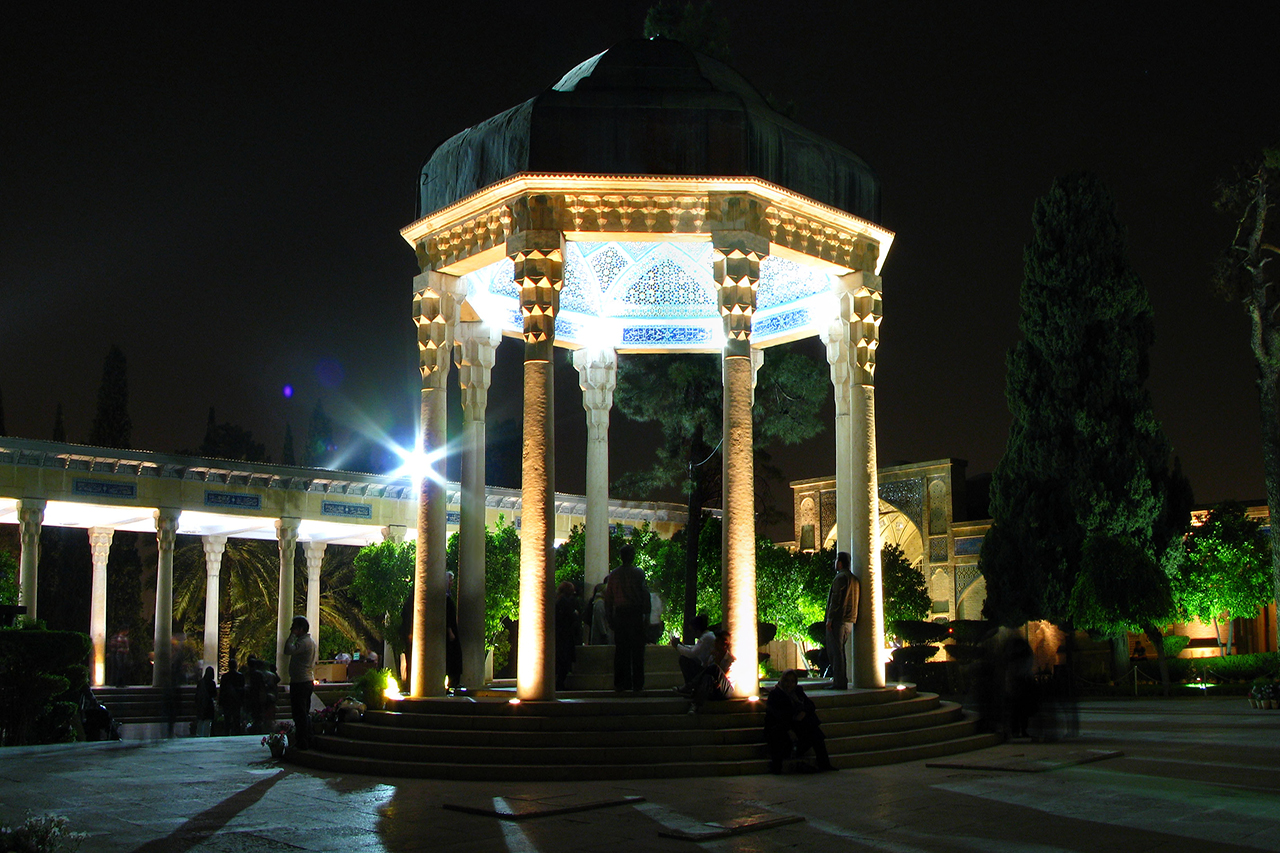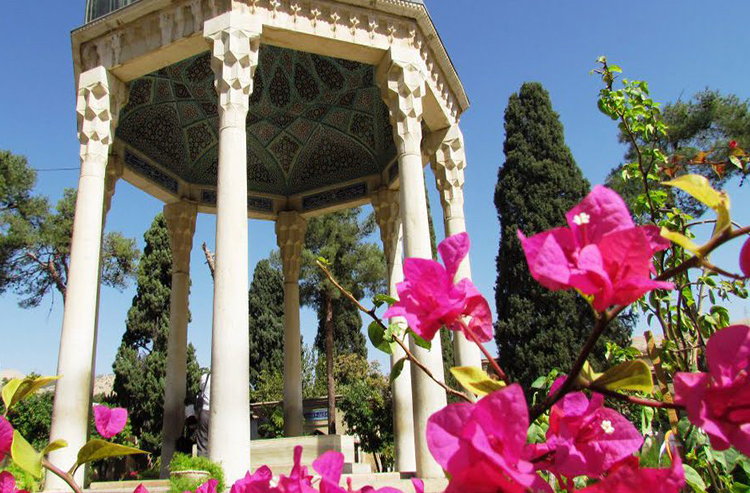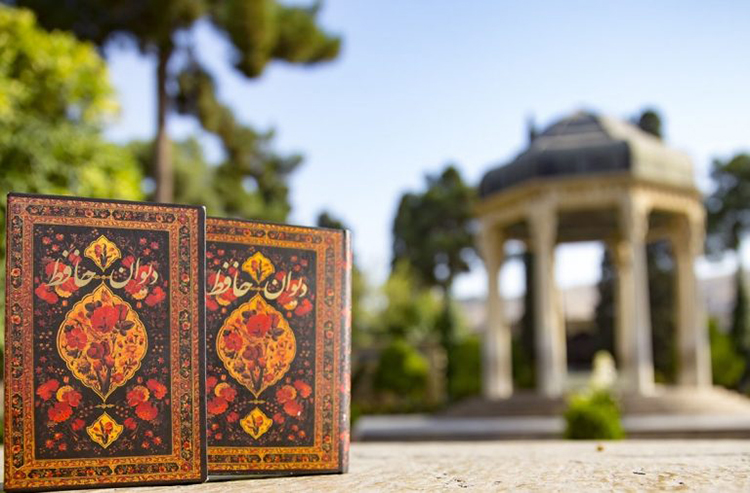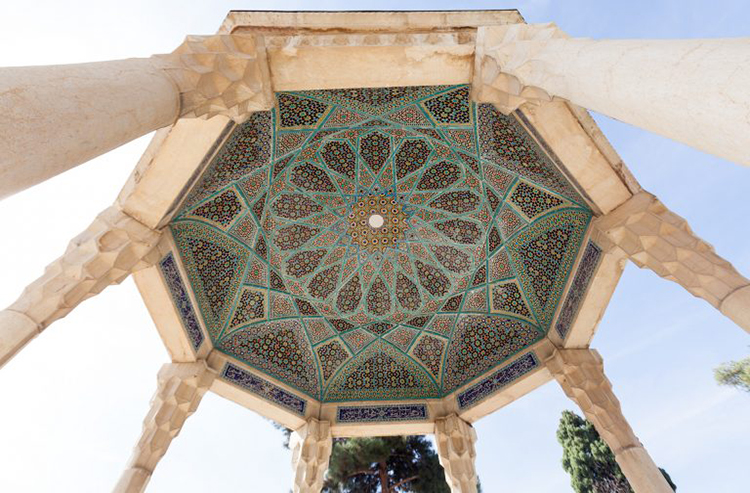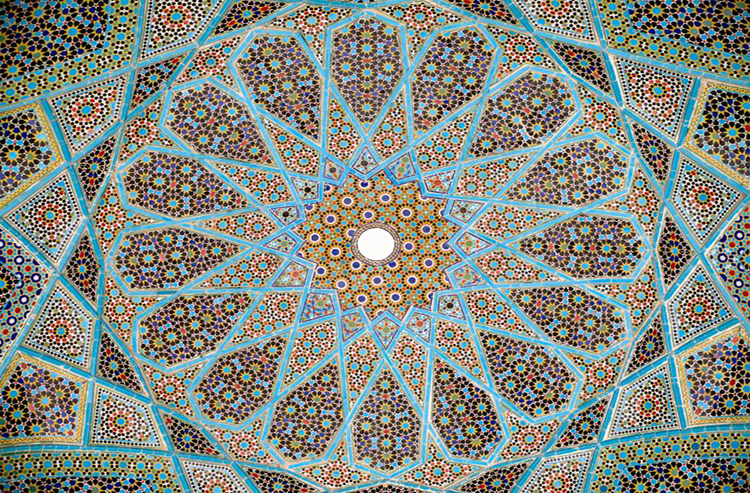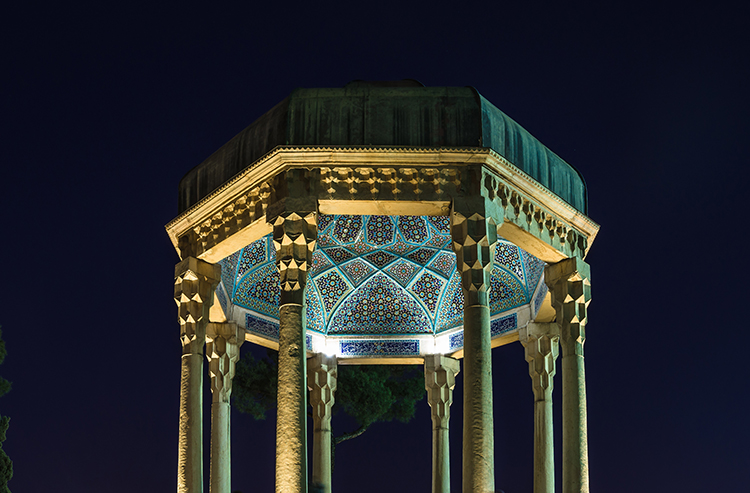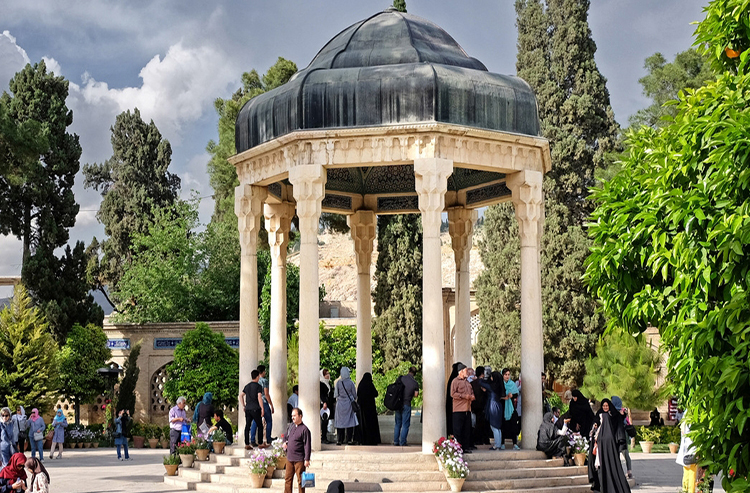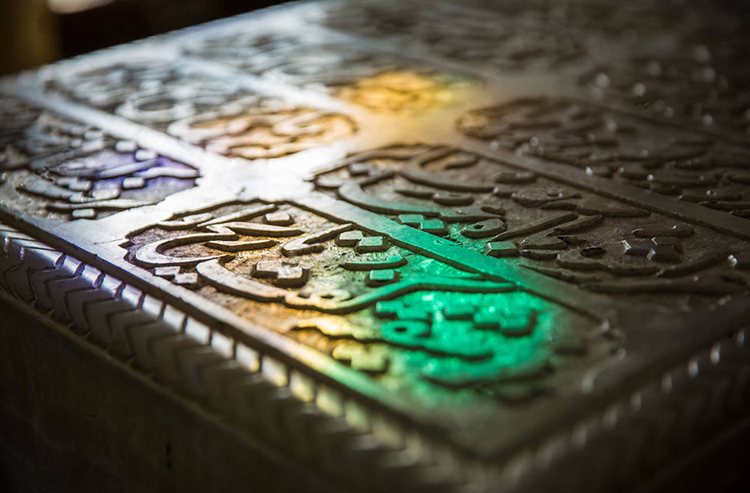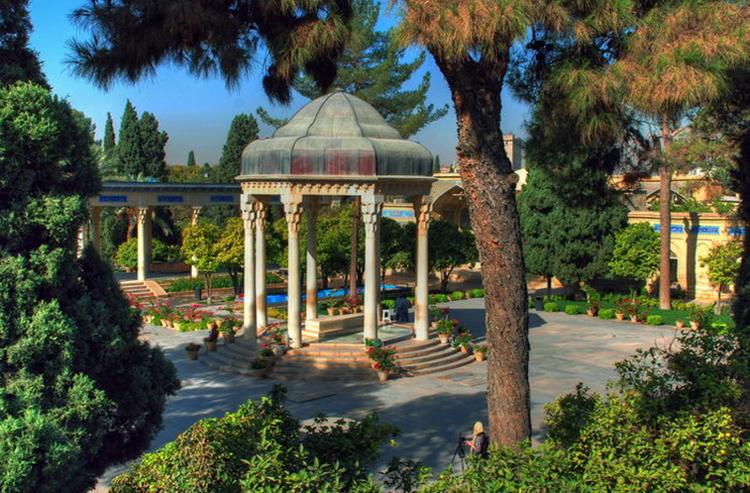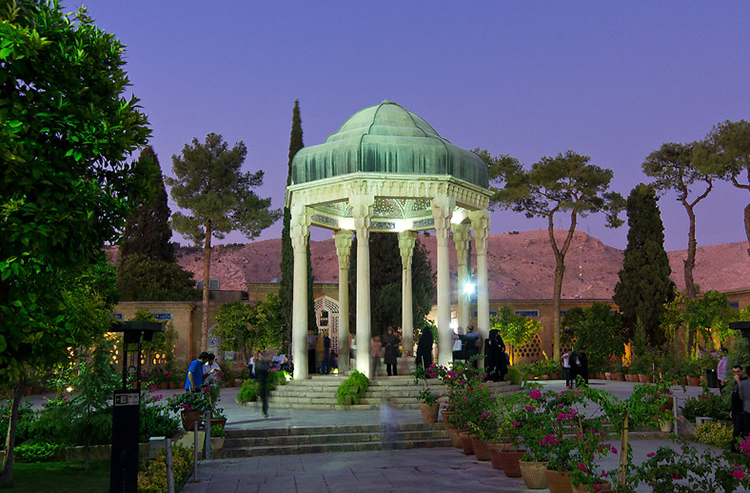Tomb of Hafez (Hafeziye)
About Hafez
Hafez is one of the most beloved figures among Iranians. Most of his poetry is themed toward love and faith. “Hafez reading” is a thing in Iran which is regularly practised by anyone from young teenagers to older generation. His poems are also frequently used in Persian traditional music and calligraphy. If you don’t know who he is, or never read his pieces make sure you look him up before heading to this place. It definitely makes the experience remarkably different.
The 14th-century writer is considered the Shakespeare of Iran, one of the greatest Persian poets of all time, and a source of national pride ; more than a tourist attraction, it functions as a site of pilgrimage for his admirers the world over.
The History of Hafezieh
In 1452, 65 years after Hafez’s death, a small, dome-like structure with a large pool in front of it was built near his grave at Golgasht-e Mosalla by the order of Babur Ibn-Baysunkur, a Timurid governor of Shiraz. At that time, this place was one of Shiraz cemeteries and Goldasht-e Mosalla Garden is mentioned several times in Hafiz poems. The original land that the tomb of Hafez is in it was more than two hectares wide.
Under Karimkhan-e-Zand, a mausoleum was built to honor Hafez at his burial place with eight pillars supporting a roof made of copper. The ceiling of the mausoleum of Hafez is decorated with mosaic works that shines in lively colors. This structure is located in a garden with family tombs on one side and a wall decorated by arches on the other side. Lots of flowers are planted and always kept in good condition by the organization in charge of maintaining the garden.
Under Reza Shah, the founder of Pahlavy dynasty, the last ruling monarchs of Iran, beginning with 1925, more redesigning of the mausoleum occurred. Andre Godard, the French architect was assigned the task of expanding and replanning the garden to make it more beautiful. As lots of visitors from inside and outside Iran go to this mausoleum everyday, more pace is needed. Therefore, the adjacent gardens have been connected through new doors recently to provide more space for the people.
The marble tomb is engraved with one of the poet’s verses, including these lines:
On the day of my death, give me a minute’s time to set eyes on thee,
Then, from the world and life, I will be set free.
The Architecture of Hafezieh
The Tomb of Hafez of as Iranians call it Hafezieh, is located on the south of Quran Gate, and it is a complex of monuments. This area is one of the most crowded parts of Shiraz. The tomb is hidden from the main street: a symbol of prison for Hafiz’s mystical thoughts in the modern world. Another symbols that you can find in this complex are: the southern part of Hafezieh is the symbol of material world, you have to pass this part and approach toward skies (nine stairs to the tomb as it indicates the number of skies in Persian literature), and finally see the sun (the tomb itself). The northern part of the complex is regarded as the world of the hereafter, and there is eight entrance to the grave (eight is the number of paradise’s door in Islam). The outer part of the dome is a symbol of the sky and a Darwish’s Turkish hat. But the inner portion is designed with beautiful tiles in turquoise blue (symbol of paradise), purple-red (symbol of eternal wine), black and white (symbol of night and day), and dark brown (symbol of soil). There is a large pool beside the tomb where you can make a wish and throw a coin in it, be careful what you wish for because the chances of coming true are high!
